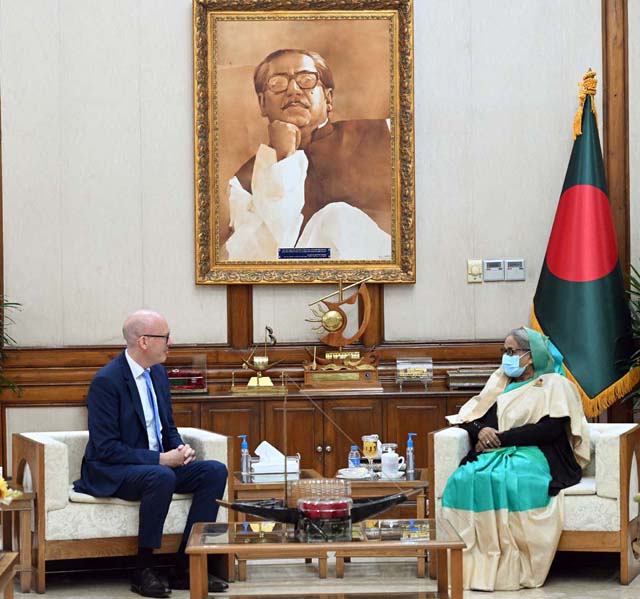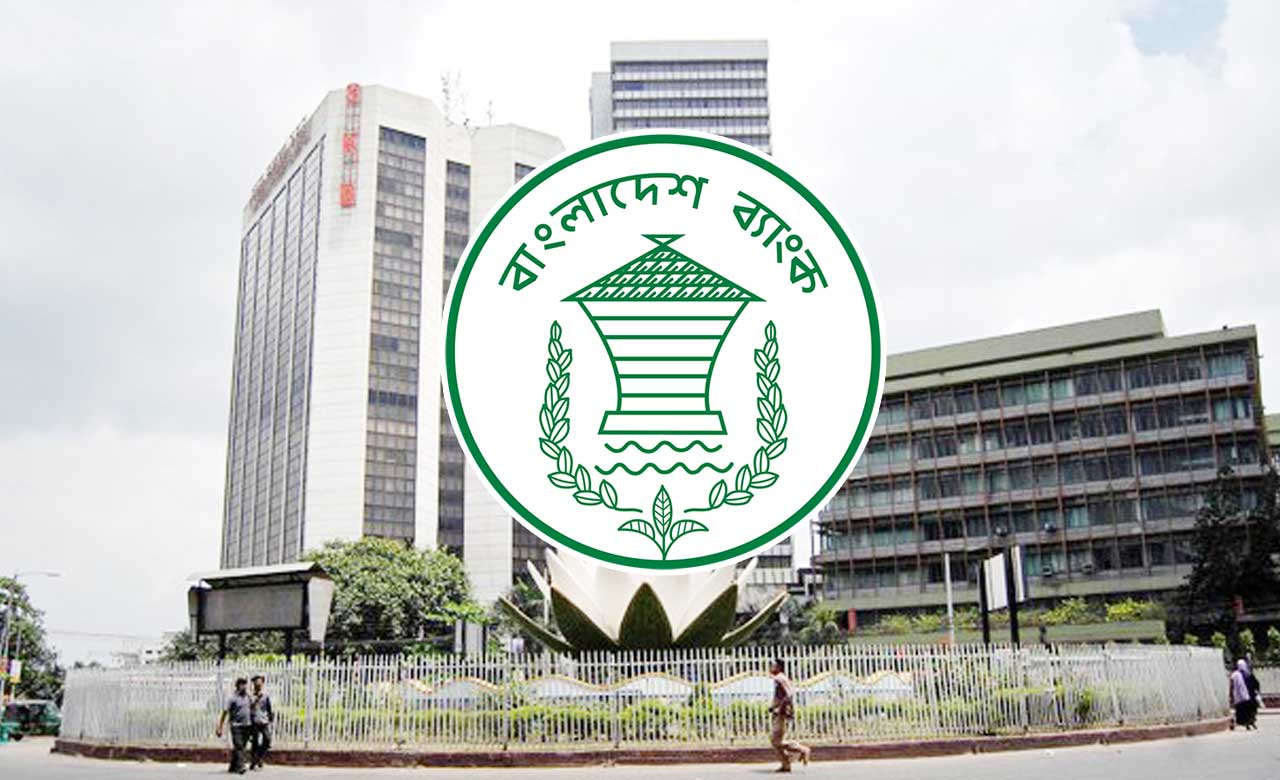BSS, DHAKA: Like the previous one, Bangladesh Bank (BB) has continued the ‘contractionary’ mood in monetary policy statement (MPS) for the second half (January-June) of current fiscal 2023-24 (FY24).
BB Governor Abdur Rouf Talukder on Wednesday announced the contractionary policy stance tightening the money supply to tame inflation.
“The central bank (BB) has adopted a contractionary monetary policy stance and implemented multiple measures aimed at curbing inflation,” said BB Chief Economist Dr Md Habibur Rahman while presenting different sides of the MPS at BB headquarters in the city.
In the MPS, BB has increased the policy rate by 25 basis points to 8.00 percent from 7.75 percent. Additionally, to refine liquidity management, the Standing Lending Facility (SLF) rate has been reduced by 25 basis points to 9.50 percent from 9.75 percent, and the Standing Deposit Facility (SDF) rate has been increased by 75 basis points in 6.50 percent from 5.75 percent, reducing the policy rate corridor from + 200 basis points to¤ 150 basis points.
Since mid-2022, Md Habibur Rahman said, the Bangladesh Taka has been depreciating against the US dollar, a trend primarily attributed to a balance of payments deficit leading to a significant reduction in foreign exchange reserves over the year.
“This weakening of the Taka has been a contributing factor to domestic inflation, as the cost of imports has risen. In response to these challenges, there is an increasing call for a gradual shift towards a market-based exchange rate system. This transition is advocated to stabilize the exchange rate and prevent further depletion of the country’s foreign exchange reserves,” he added.
In this regard, he said, BB is contemplating the implementation of a crawling peg system, which would be linked to a carefully selected basket of currencies and operate within a predefined exchange rate corridor.
This strategy is aimed at tempering, unusual fluctuations in the currency’s value, he added.
By setting a competitive equilibrium exchange rate at the midpoint of this corridor, he said, BB would establish a stable benchmark, while retaining the flexibility to intervene in the market as necessary to maintain the currency within the designated boundaries.
BB’s policy efforts, Habibur Rahman said, combined with the anticipated global decline in energy and commodity prices and a promising outlook for internal production, support BB’s expectation that average general inflation will align with the government’s revised 7.50 percent target by June FY24.
He said introducing a crawling peg exchange rate management system is expected to reduce market volatility and enhance foreign exchange stability significantly.
For the second half of FY24, Habibur Rahman said, BB’s strategic directives are centered on upholding a vigilant, hawkish approach to monetary policy until inflation rates are effectively reined into a desired level.
Concurrently, he said, BB is evaluating the potential of implementing a crawling peg exchange rate system.
“This system would serve as a transitional arrangement, paving the way towards a fully flexible exchange rate regime in the future. Additionally, a significant focus is being placed on enhancing the management of non-performing loans. This involves adopting more robust governance practices and deploying efficacious strategies through a targeted roadmap for NPL resolution,” he added.
Despite the ongoing challenges, Bangladesh’s economic outlook for the end of FY24 remains positive, with expectations of robust real GDP growth targeted at 6.5 percent and moderated inflation aimed at 7.5 percent, he informed.
“With the concerted efforts of Bangladesh Bank, the government, and other stakeholders, stability in the foreign exchange market and improvements in corporate governance and non-performing loans management are also anticipated,” he said.






